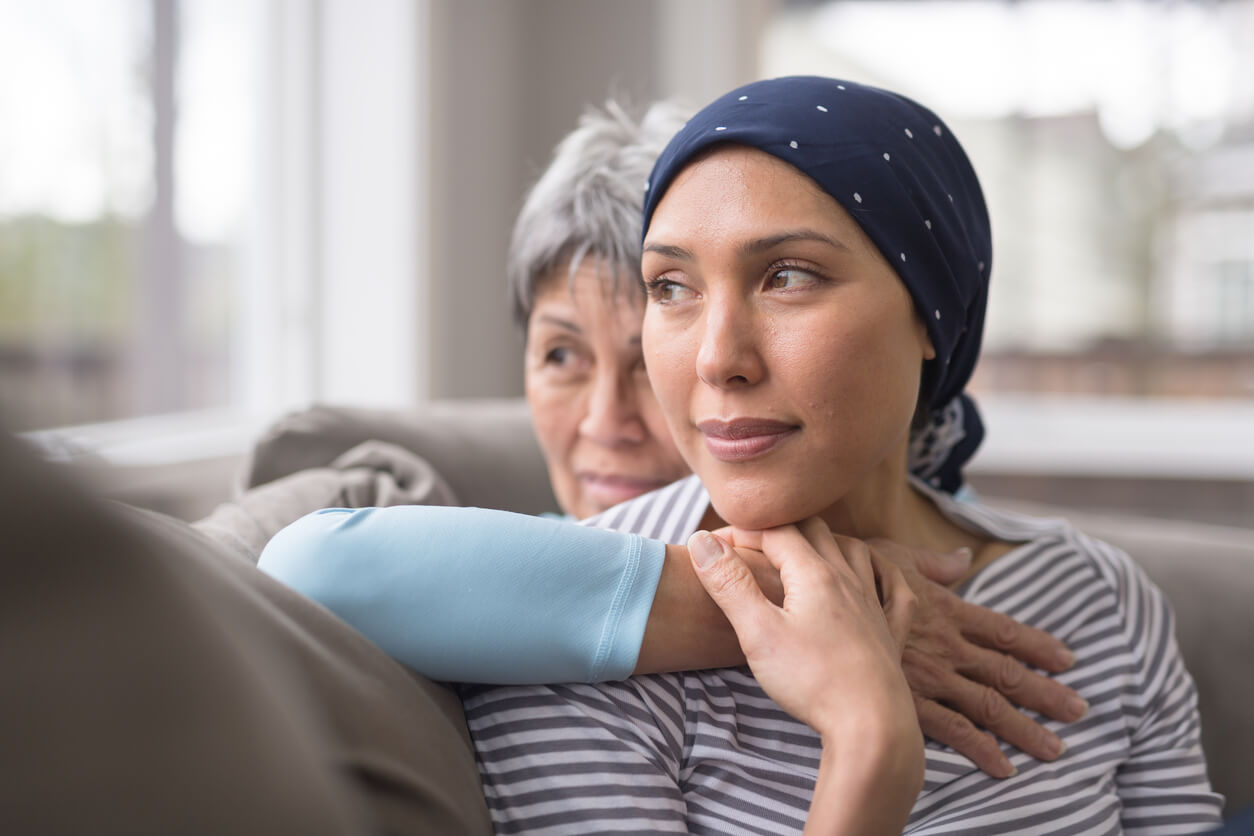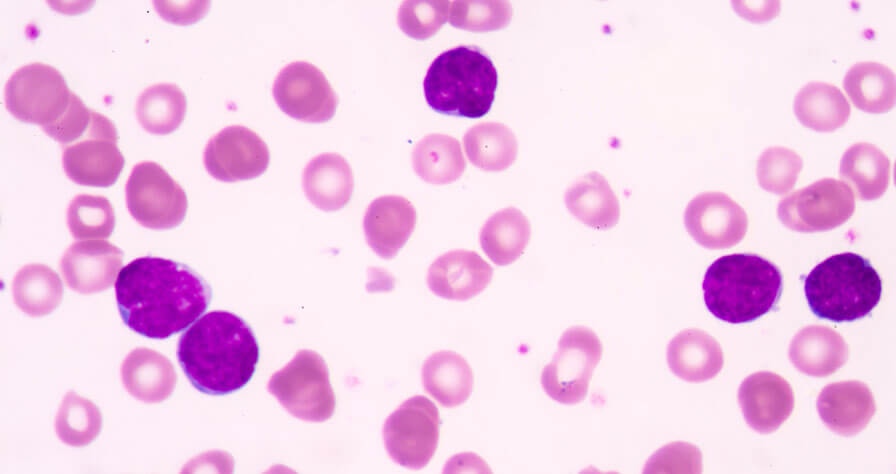Understanding Non-Hodgkin’s Lymphoma

Non-Hodgkin’s lymphoma (also referred to as non-Hodgkin lymphoma) is cancer of the white blood cells. Also called lymphocytes, these cells are part of the body’s disease-fighting lymphatic system, a component of the immune system. In non-Hodgkin’s lymphoma, cancerous lymphocytes accumulate and develop into tumors. Lymphomas can originate anywhere that there is lymph tissue, including major sites such as:
- Lymph nodes in the chest, abdomen, pelvis and other areas of the body
- Bone marrow
- Spleen
- Thymus
- Digestive tract
- Tonsils and adenoids
There are two primary groups of non-Hodgkin’s lymphomas: B-cell lymphomas and T-cell lymphomas, and more than 60 subtypes based on location and features of the lymphocyte. Lymphomas may also be classified based on how quickly they grow and spread. Indolent lymphomas are slow-growing, and in some cases may not be treated immediately but simply monitored. Aggressive lymphomas, such as diffuse large B cell lymphoma, grow and spread quickly and typically need to be treated immediately.
Non-Hodgkin’s lymphoma is more common than the other general form of lymphoma called Hodgkin lymphoma.
Non-Hodgkin’s Lymphoma Symptoms
The primary symptom of non-Hodgkin’s lymphoma is enlarged lymph nodes in the neck, armpit or groin. They are typically painless and may grow over time. Other symptoms include:
- Fever
- Abdominal pain or swelling
- Persistent fatigue or lack of energy
- Night sweats
- Lack of appetite
- Severe or frequent infections
- Unexplained weight loss
- Easy bruising or bleeding
Non-Hodgkin’s Lymphoma Causes and Risk Factors
The exact cause of non-Hodgkin’s lymphoma is unknown. However, the risk of developing the disease increases with prolonged exposure to certain fertilizers, pesticides, and solvents. Research also suggests that being overweight increases your risk of non-Hodgkin’s lymphoma.
Additional risk factors include being over the age of 60, having a family history of the disease, having a compromised immune system, undergoing radiation and chemotherapy for other types of cancer and having certain viruses or bacteria including HIV/AIDS, Epstein-Barr, HTLV-1, hepatitis C, and H-pylori.
Non-Hodgkin’s Lymphoma Treatment
How non-Hodgkin’s lymphoma is treated depends on the location and stage of the cancer. Treatments may include chemotherapy (i.e., drug therapy), radiation therapy and immunotherapy in which synthetic immune system cells enhance the body’s natural defenses. In some cases, stem cell transplants are used to help the body grow new bone marrow.
Non-Hodgkin’s lymphoma is a life-threatening disease. However, advances in its diagnosis and treatment have helped improve the prognosis. The key is to talk with your doctor if you experience one or more of the symptoms noted above so that treatment if needed, can start promptly.



